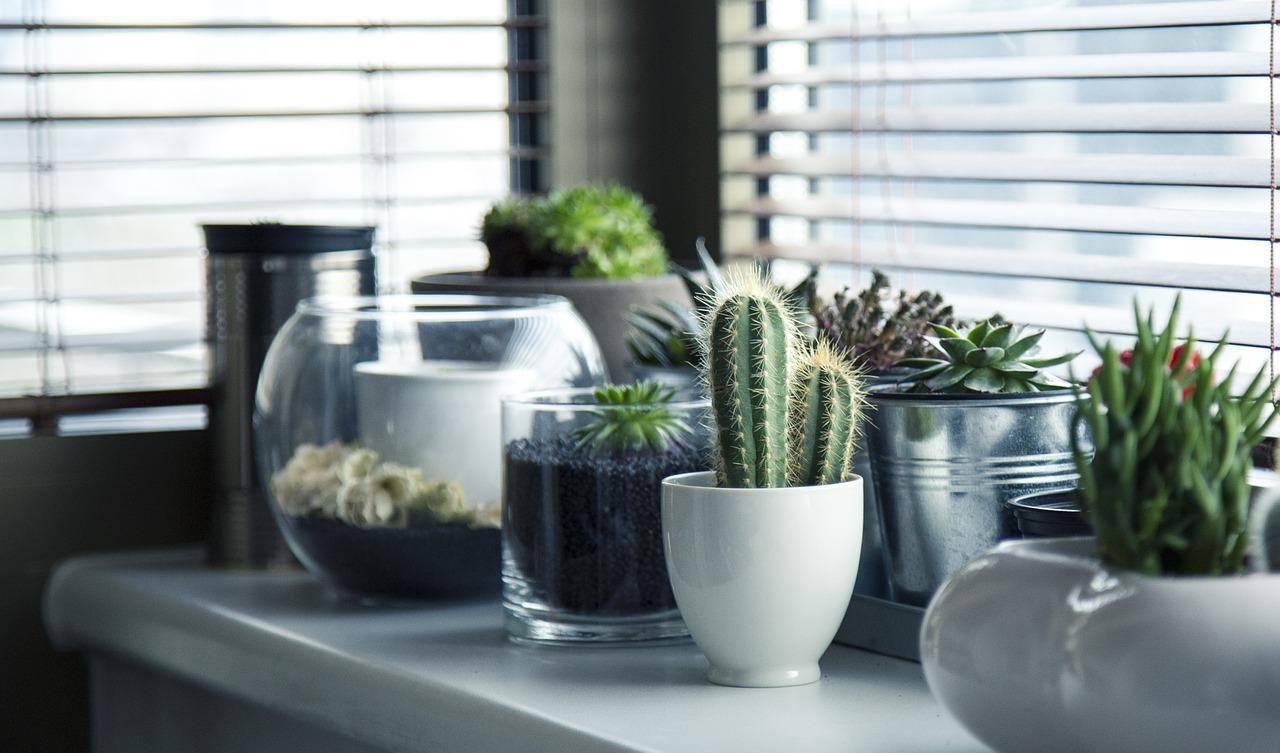It is widely believed that indoor plants can significantly purify the air in a room and enrich it with oxygen. We decided to check whether this is supported by scientific data.
About this beneficial property of indoor plants write numerous sites, dedicated floriculture. You can even find it on the Internet ratings the most effective For cleaning air plants. The top usually includes such representatives of the flora as spathiphyllum, hedera (also known as indoor ivy), chlorophytum, dieffenbachia, various types of ficus and dracaena. These plants are like indicate compilers of such ratings, “are able to neutralize up to 85% of indoor air pollution.” “One medium-sized flower can cleanse a space of approximately 5 m2", reports Recycle magazine. Also write, that “plants not only saturate the air with oxygen, but also cleanse it of impurities and bacteria. Some do it as well as household cleaners.” Online stores Also offer buyers a selection of the best plants for air purification.
First scientific data The ability of indoor plants to purify the air was published by NASA in 1989. For the experiment, scientists chose 12 plants, including ficus benjamina, hedera, spathiphyllum and four types of dracaena included in the ratings mentioned above, as well as sansevieria, aglaonema, chamedorea, chrysanthemum and gerbera. Pots with plants were placed in sealed chambers and at various intervals they began to measure the level of harmful substances in the air surrounding them.
It turned out that flowers are very effective at recycling dangerous volatile organic compounds (VOCs) - benzene, formaldehyde and trichlorethylene, which included in the composition of drywall, chipboard, household chemicals and cosmetics. Within 24 hours, VOC levels in the chambers were reduced by almost 90%. Researchers have calculated that in closed, airtight conditions, one pot of these plants is enough to purify the air over a space of 9 m2.
It is likely that, based on this study, amateur gardeners came to the conclusion about the ability of indoor plants to effectively purify indoor air. However, they overlooked several important factors. Firstly, we were talking exclusively about sealed systems, and not about residential premises with constant air circulation. Secondly, instead of soil for plants, a substrate based on activated carbon was used - a substance widely famous its absorbent properties. Therefore, even plants with completely cut leaves, as well as the pots themselves without plants, showed good results in air purification.
By words Michael Waring, a professor and environmental engineer at Drexel University (USA), in a standard office space measuring 10 x 10 feet (that is, approximately 3 x 3 m), it would be necessary to install 1,000 plants to clean the air as effectively as in the NASA experiment. In 2019, Waring and colleagues published in the journal Exposure Science & Environmental Epidemiology, the results of a meta-analysis of 196 experiments and 12 scientific publications on indoor air purification using indoor plants. Researchers came to the conclusion that in unsealed rooms, plants, although they remove volatile organic compounds from the air, do so so slowly that they cannot cope with the rate of air exchange in them. Michael Waring sums it up: “I don’t think you can clean the air with indoor plants; airing once an hour is much more effective.” Agree with him is Richard Corsi, a scientist who studies indoor air quality: “Houseplants clean the air no more than an old pair of socks or a baseball cap hanging on the wall.”
A group of scientists from Cambridge separately researched the ability of indoor plants to absorb formaldehyde. After experimenting with 27 species of leafy plants, they concluded that “the rate of stomatal uptake of this harmful substance was too low to justify claims that the plants make a beneficial contribution to indoor air purification.” Not demonstrated plants and effectiveness against indoor ozone. “If the ozone level in your home was 30 units, then with the help of indoor plants you could only reduce this figure to 29.7,” - speaks Elliott Gall, co-author of the study and professor at the University of Portland.
Moreover, placing a large number of plants in a room can also have the opposite effect - it can increase the concentration of VOCs. American Horticultural Society warnsthat plastic pots for plants, certain microorganisms in the soil, pesticides and fertilizers can worsen the air quality in homes, as well as provoke allergies, exacerbation of bronchial asthma and headaches in people living there.

We all know from our school biology curriculum that plants absorb carbon dioxide and produce oxygen during the process of photosynthesis. But can a houseplant produce the amount of oxygen that significantly improves air quality? Healthy adult per day consumes about 550 liters of oxygen. By calculations Marco Torna, a specialist in cell biology, for every 150 g of leaf mass growth in plants, 22 liters of oxygen are released. Thus, for a flower in a pot to produce 550 liters of oxygen per day, its leaf mass should increase per day by 3.75 kg. It is impossible to imagine such a fast-growing plant in a residential environment. So plants do not have a significant effect on the amount of oxygen in the air.
At the same time, science does not stand still. Scientists from the University of Washington brought out genetically modified ivy of the species Epipremnum aureus, which, using a gene obtained from the liver of a rabbit, utilizes benzene 4.7 times faster than ordinary representatives of this species. At the same university now implement and a project to create plants that can effectively absorb formaldehyde from the air. So it is quite possible that in the future plants will be able to cope with indoor air purification much better. At the same time, indoor plants are still not useless - it has been proven that they significantly reduce psychological and physiological stress and help people feel feel happier.
Thus, plants cannot yet be considered effective air purifiers in residential premises, since the rate at which they process harmful substances is significantly lower than natural air exchange. But experts in the field of genetic engineering are looking for a way to teach potted flowers to absorb more harmful substances and make the air cleaner. In addition, indoor plants are not only pleasing to the eye, but also beneficial for our psyche.

Not true
Read on the topic:
- Is it true that cacti protect against computer radiation?
- Is it true that eating GMO foods can change your genetic code?
- Is it true that palo santo smoke disinfects indoor air?
If you find a spelling or grammatical error, please let us know by highlighting the error text and clicking Ctrl+Enter.






